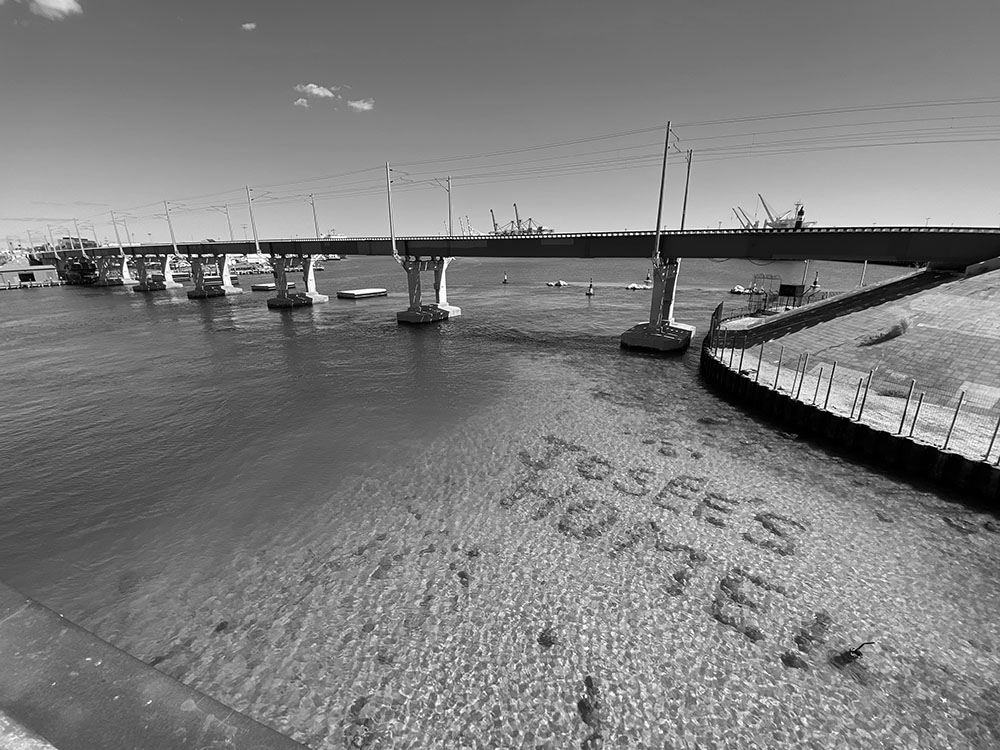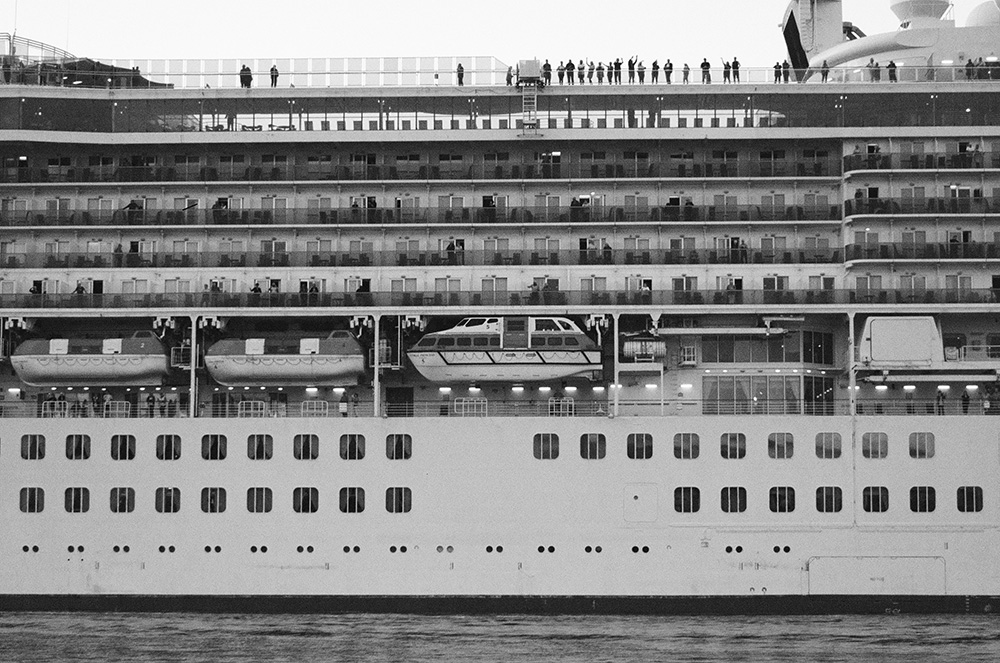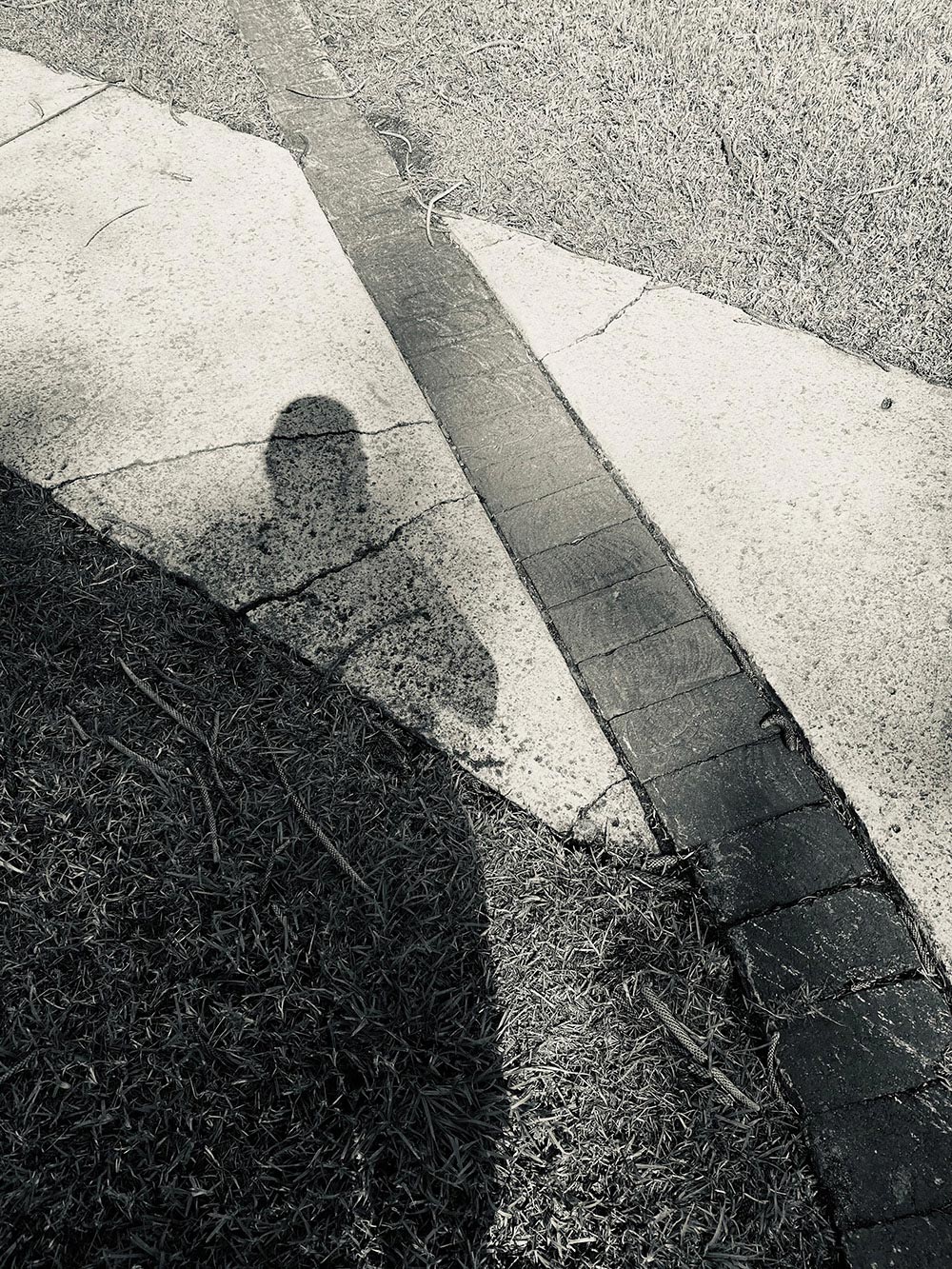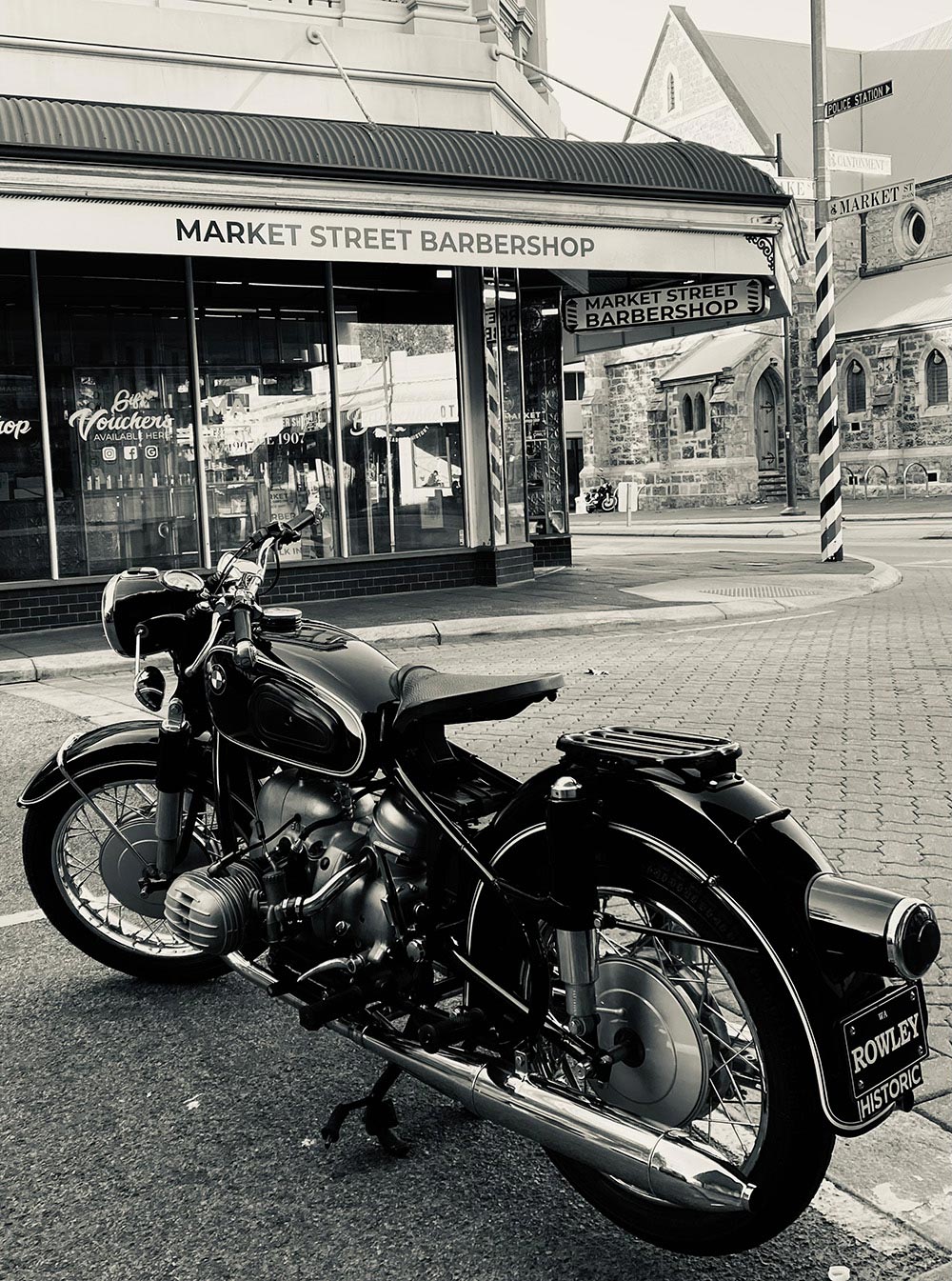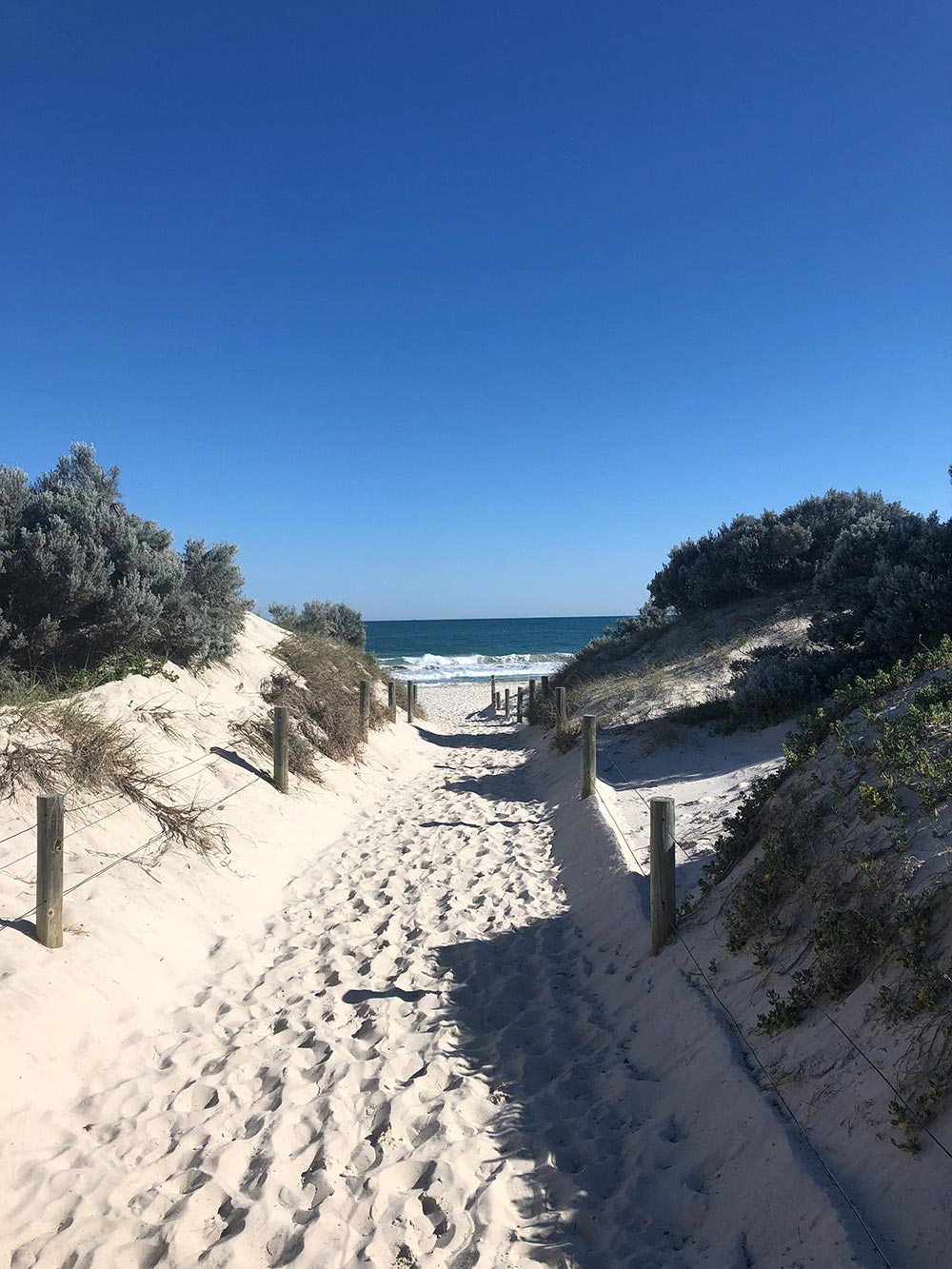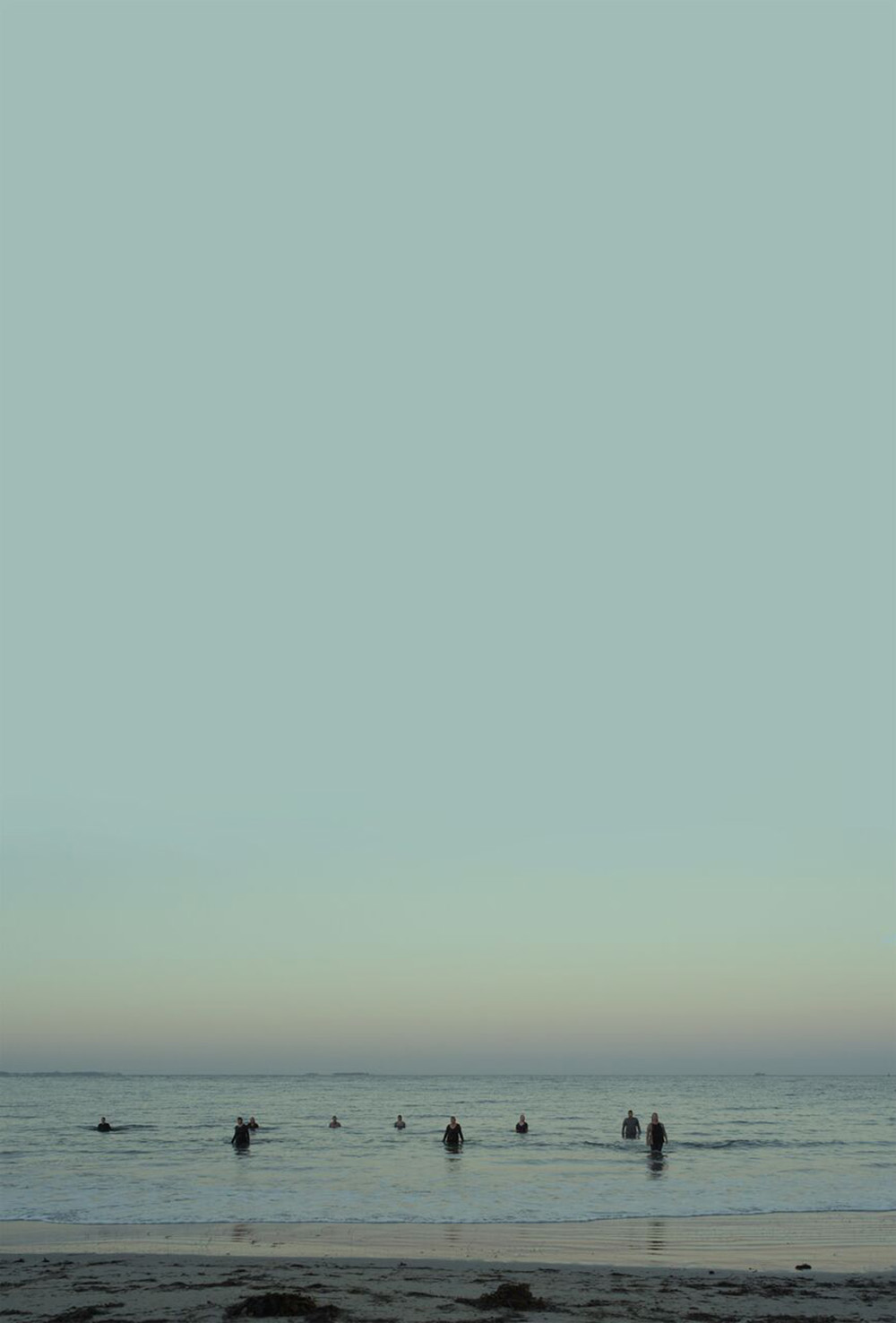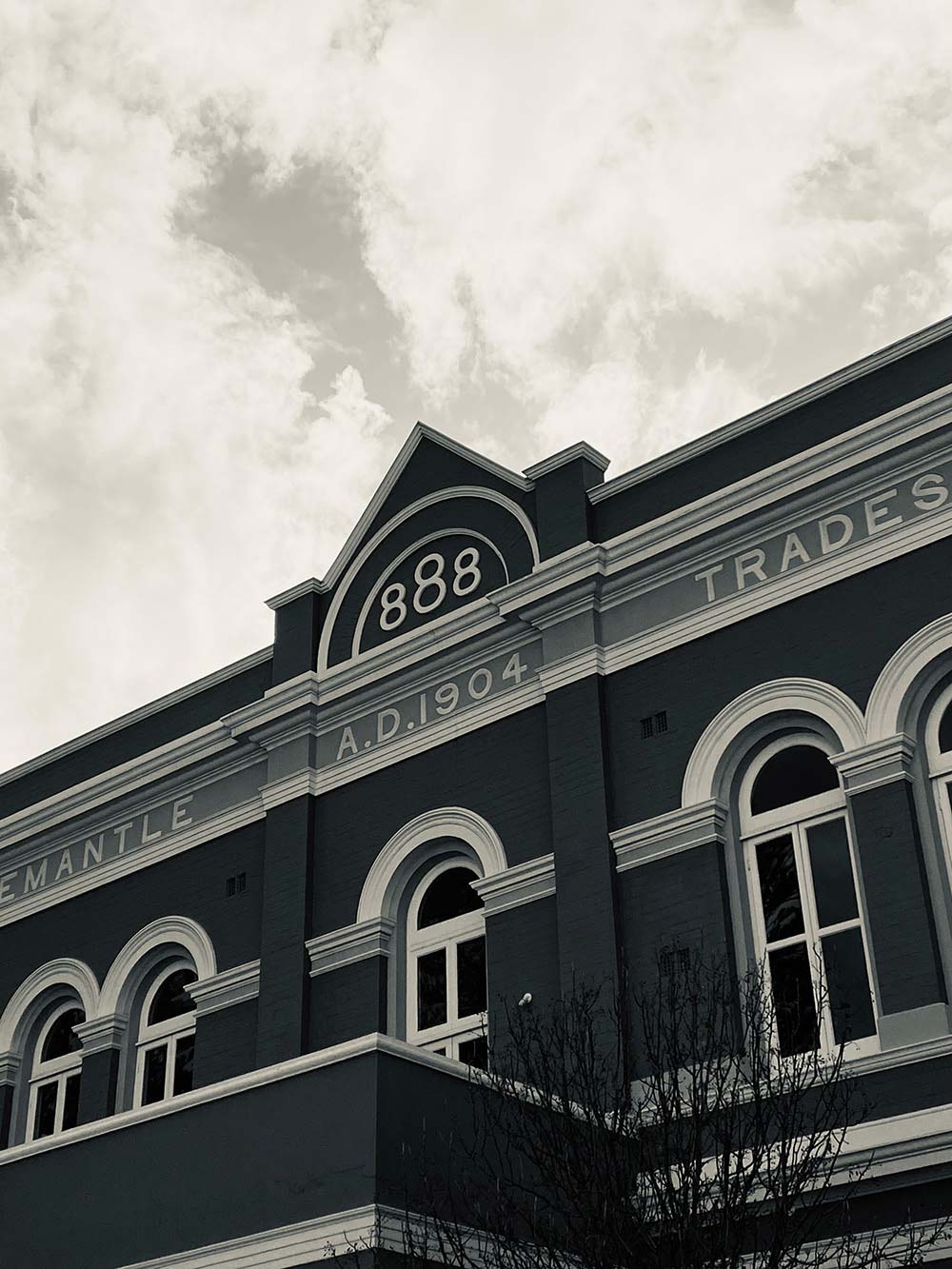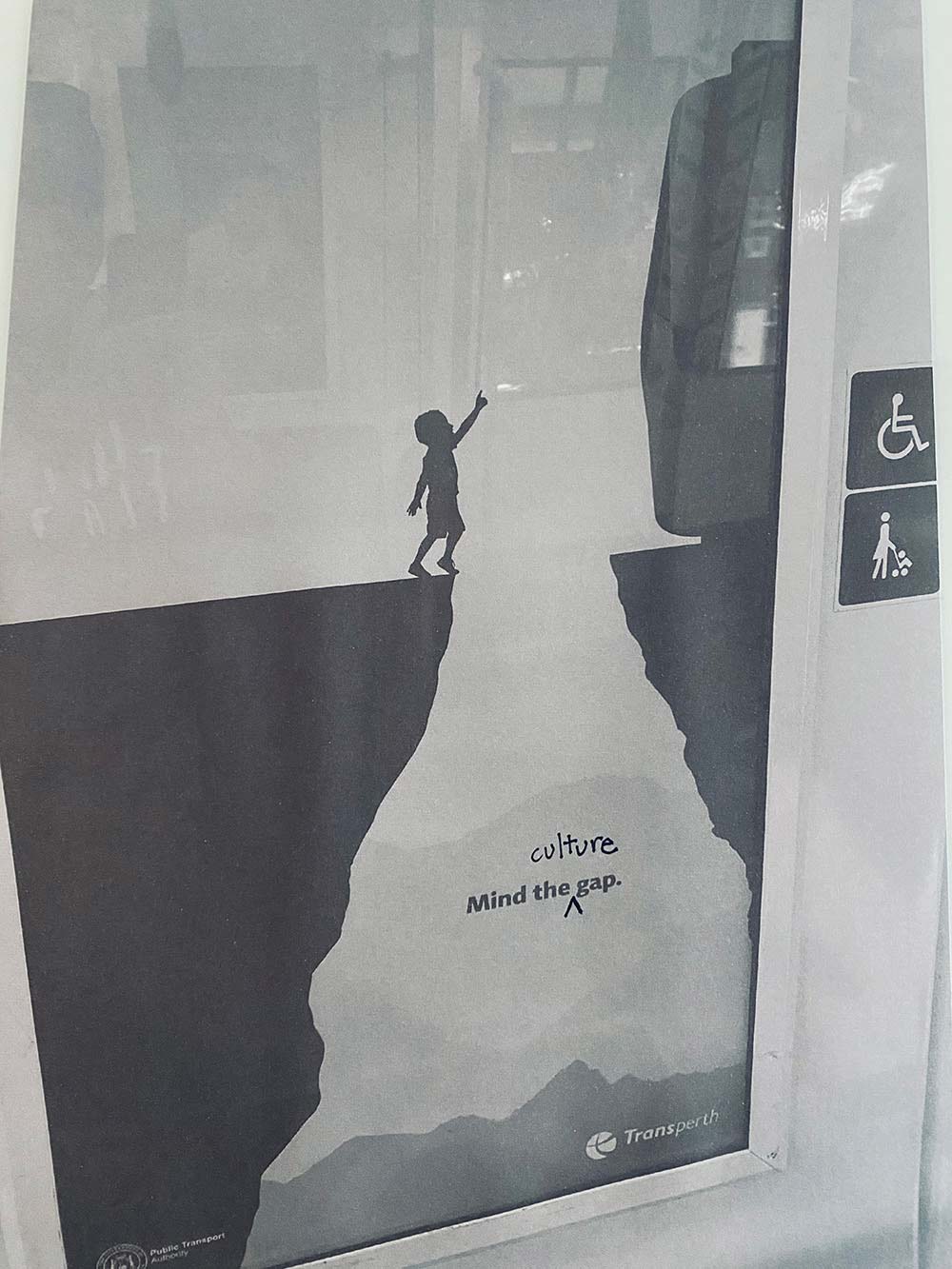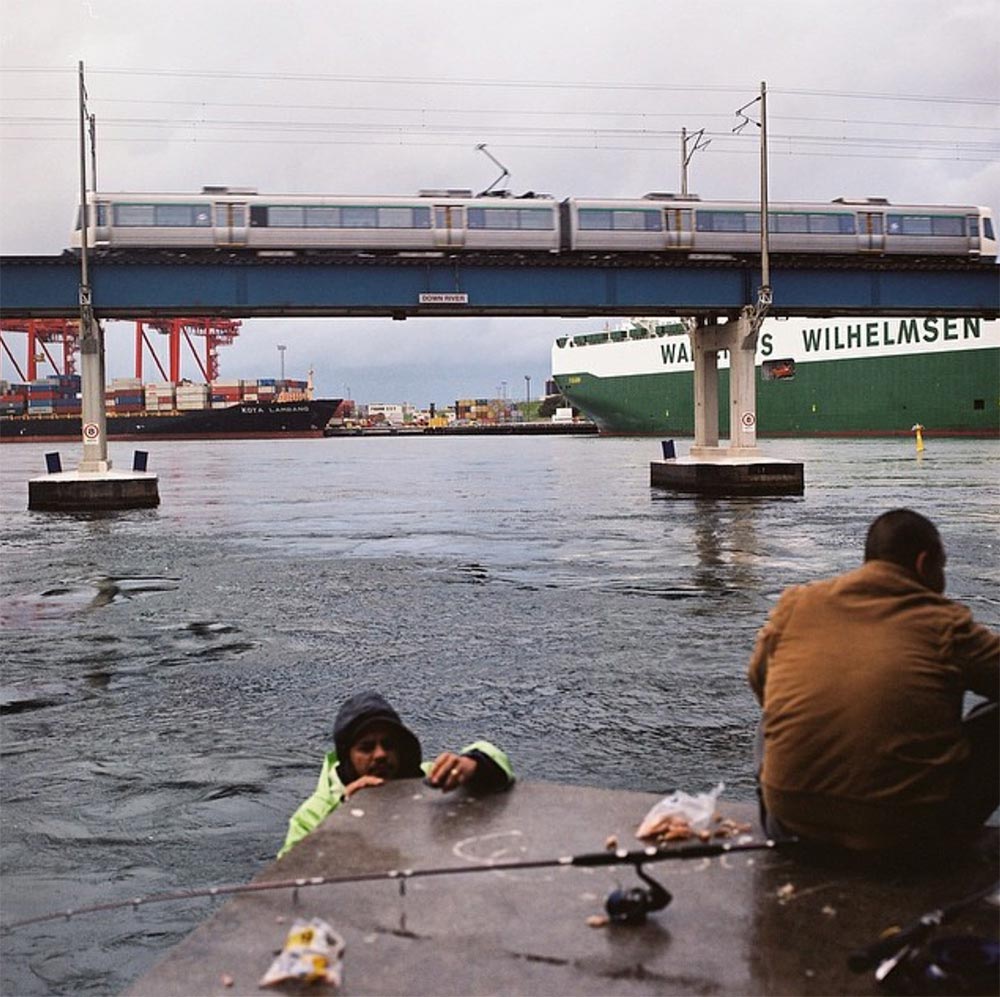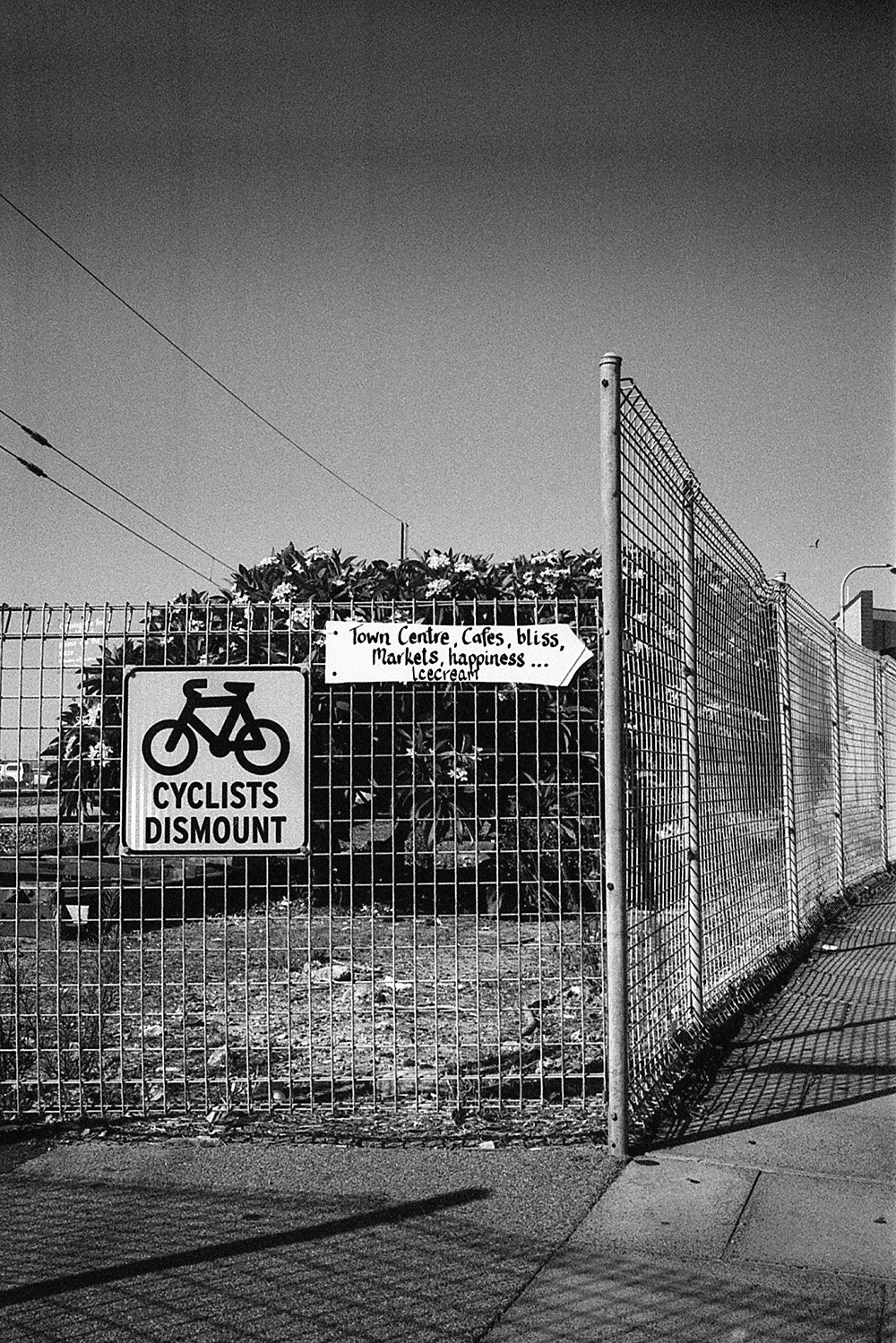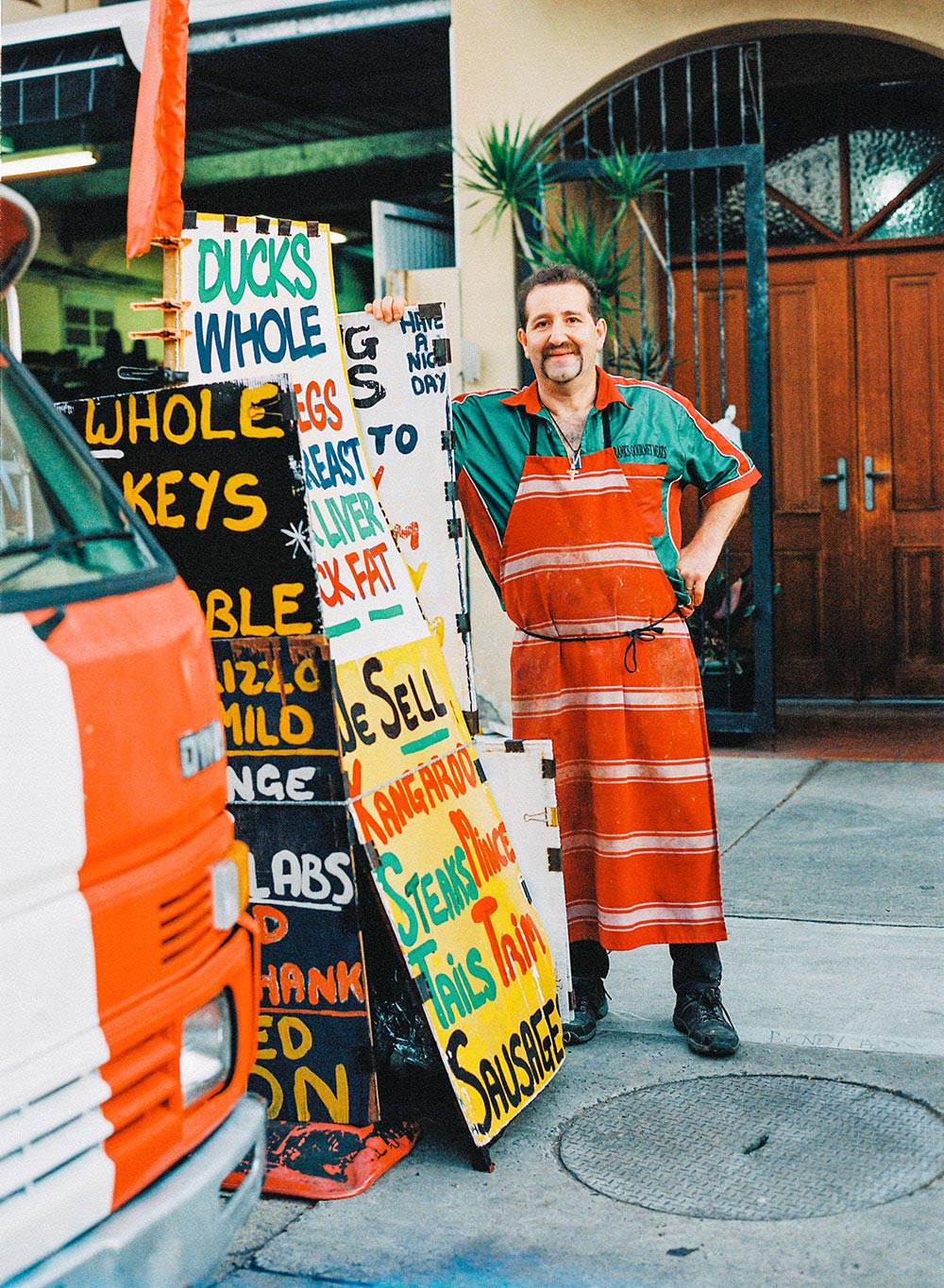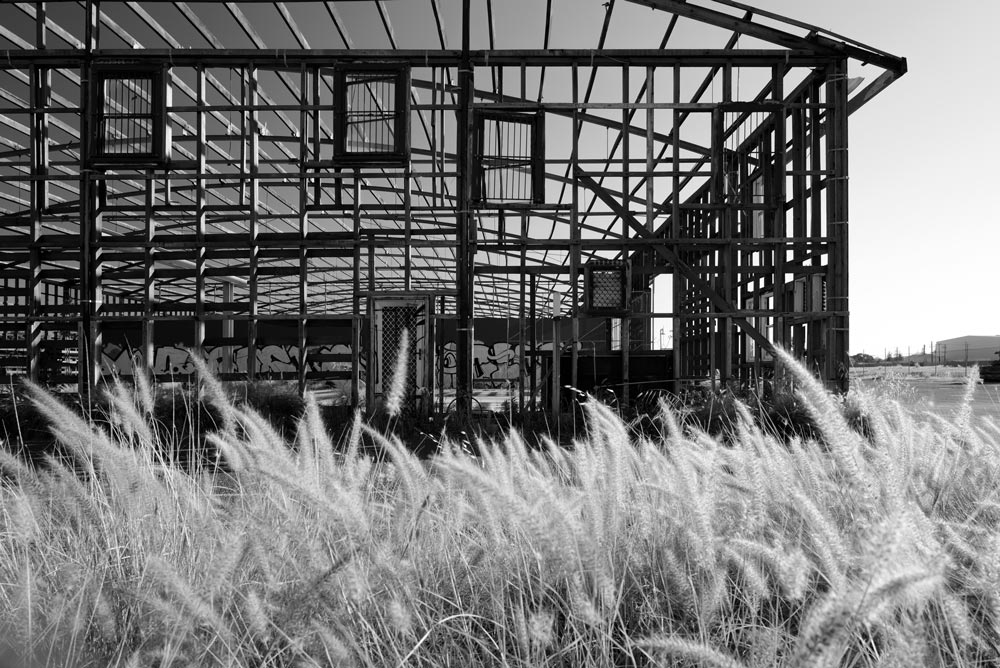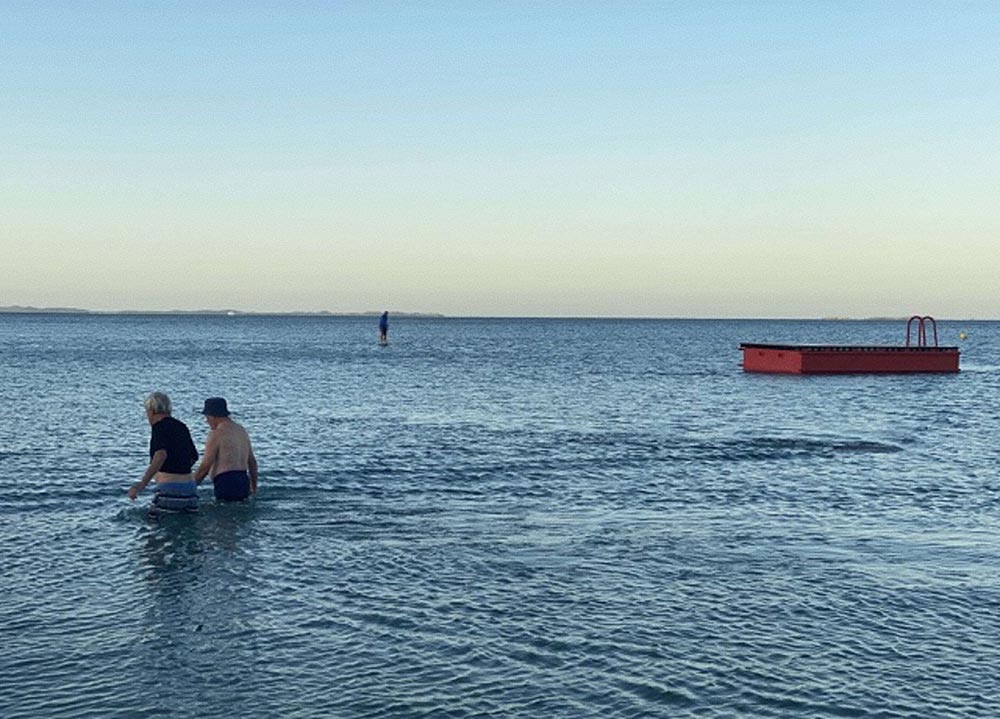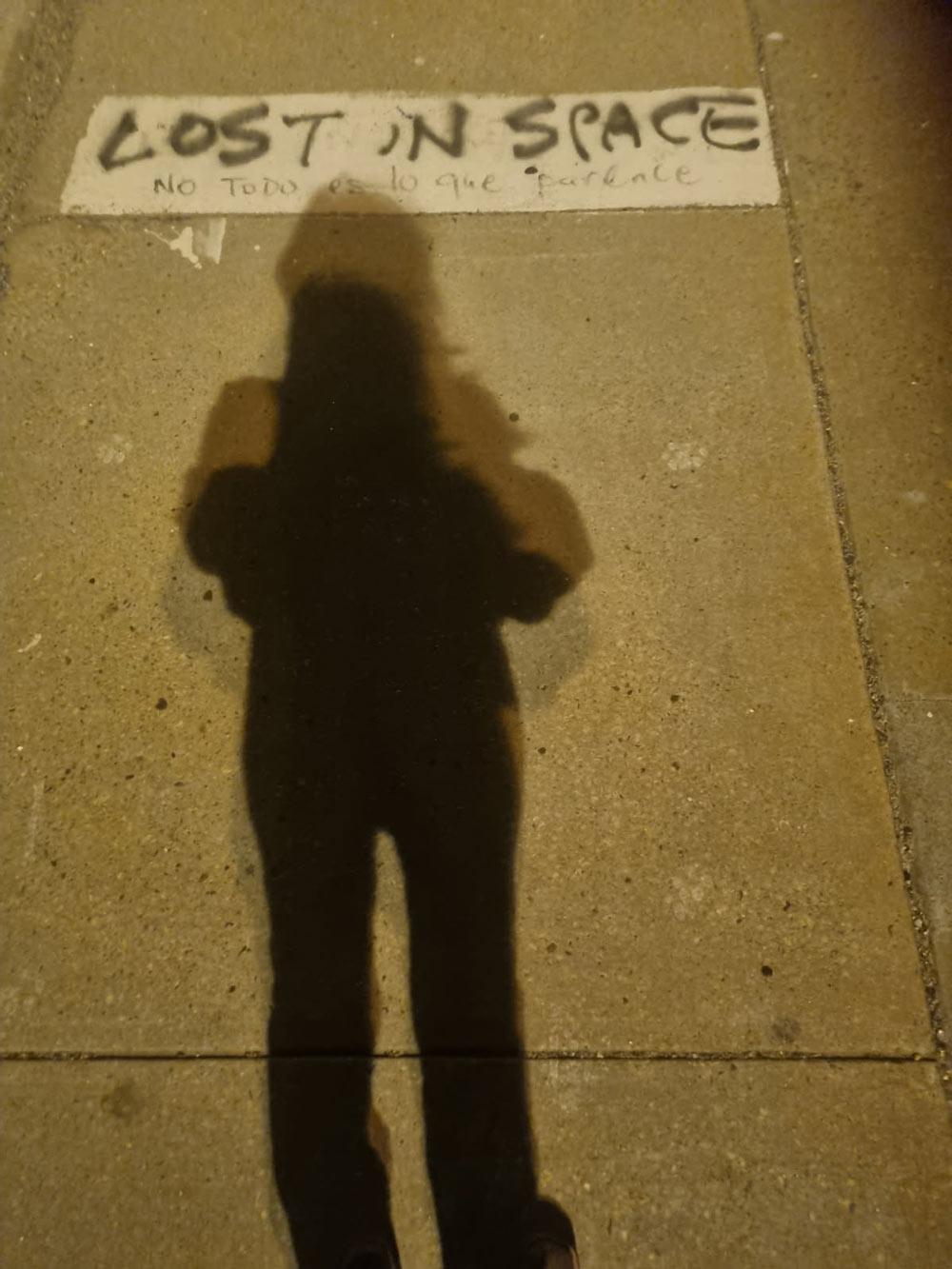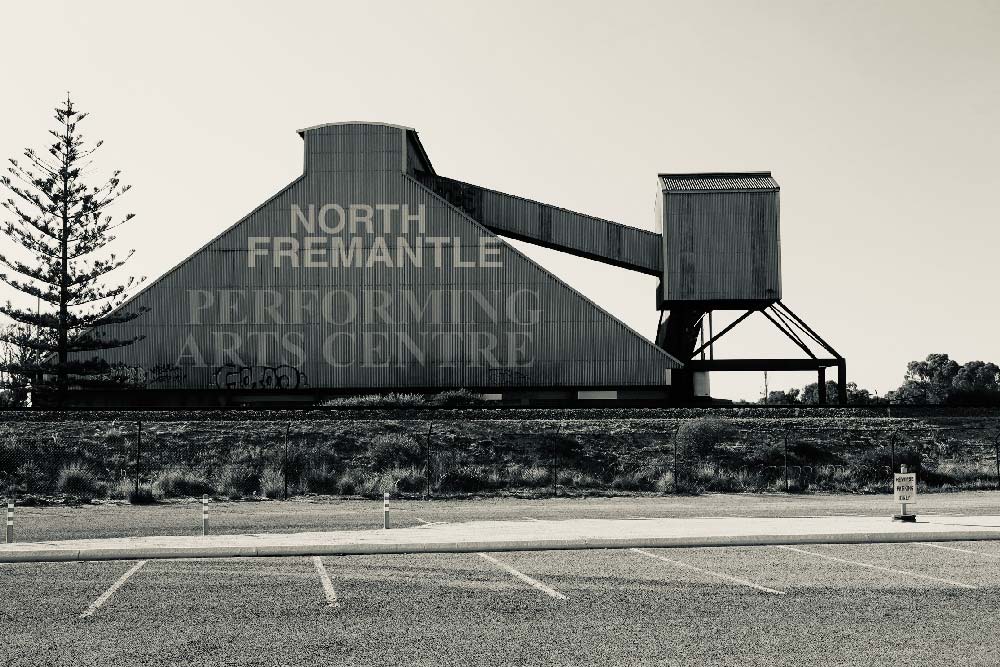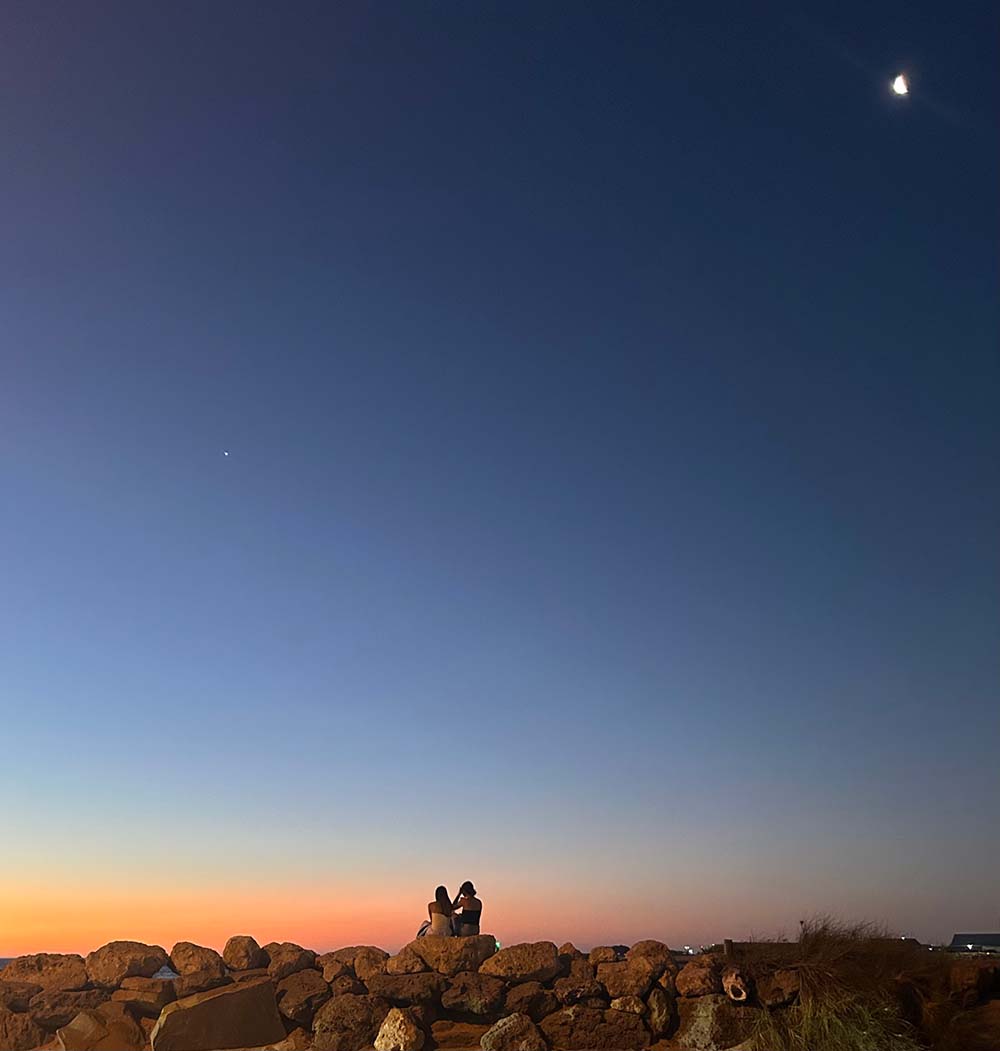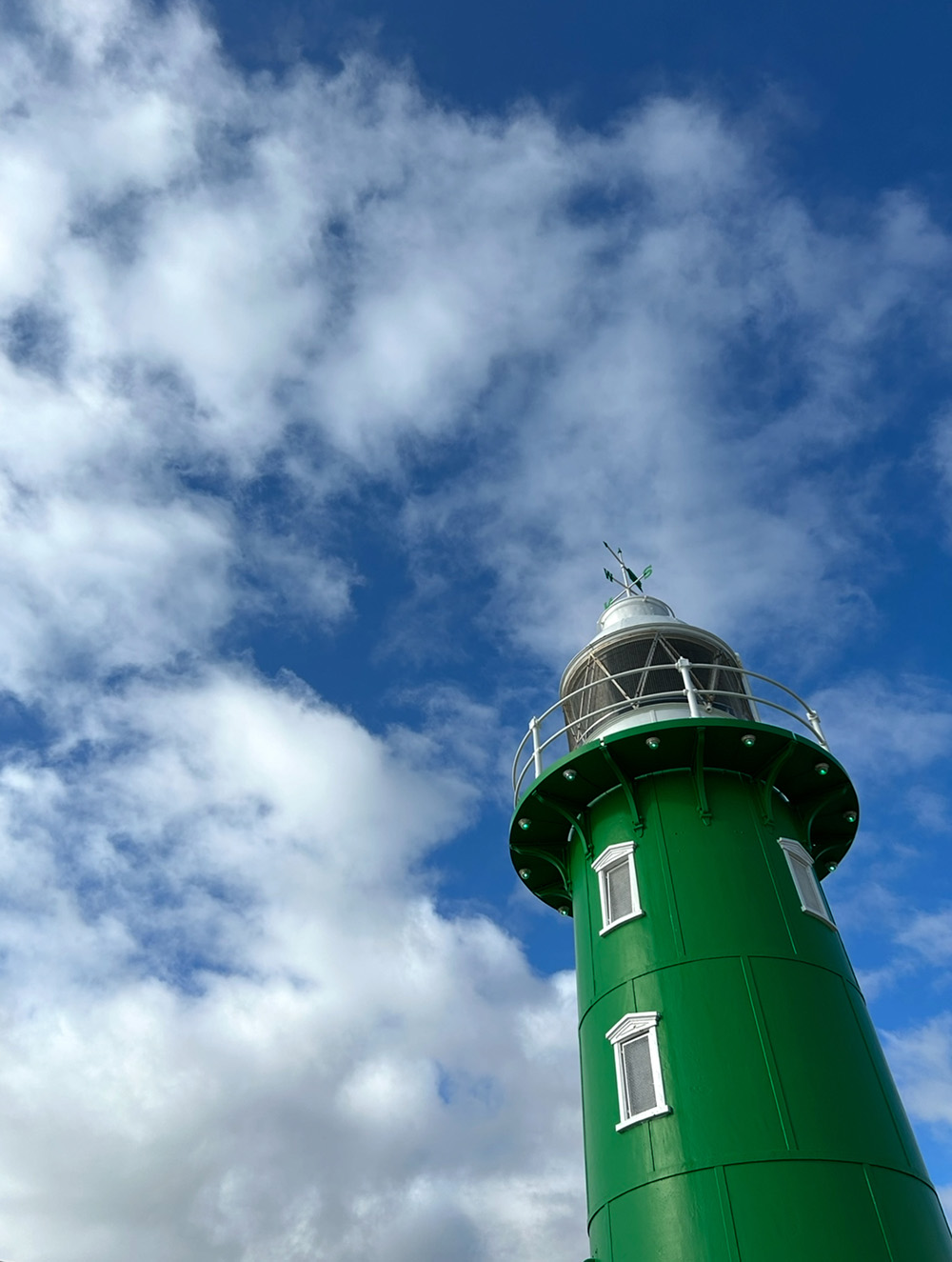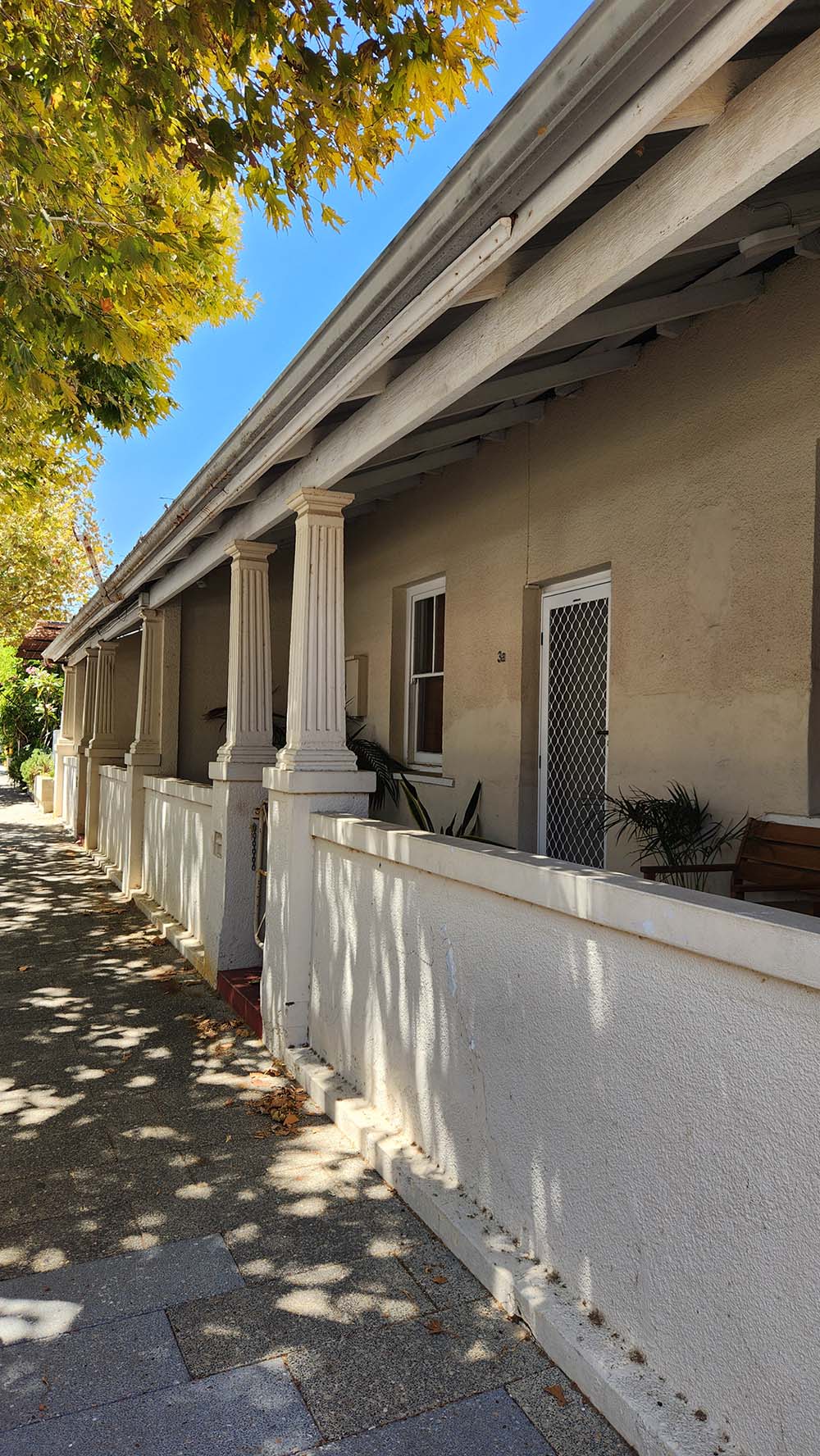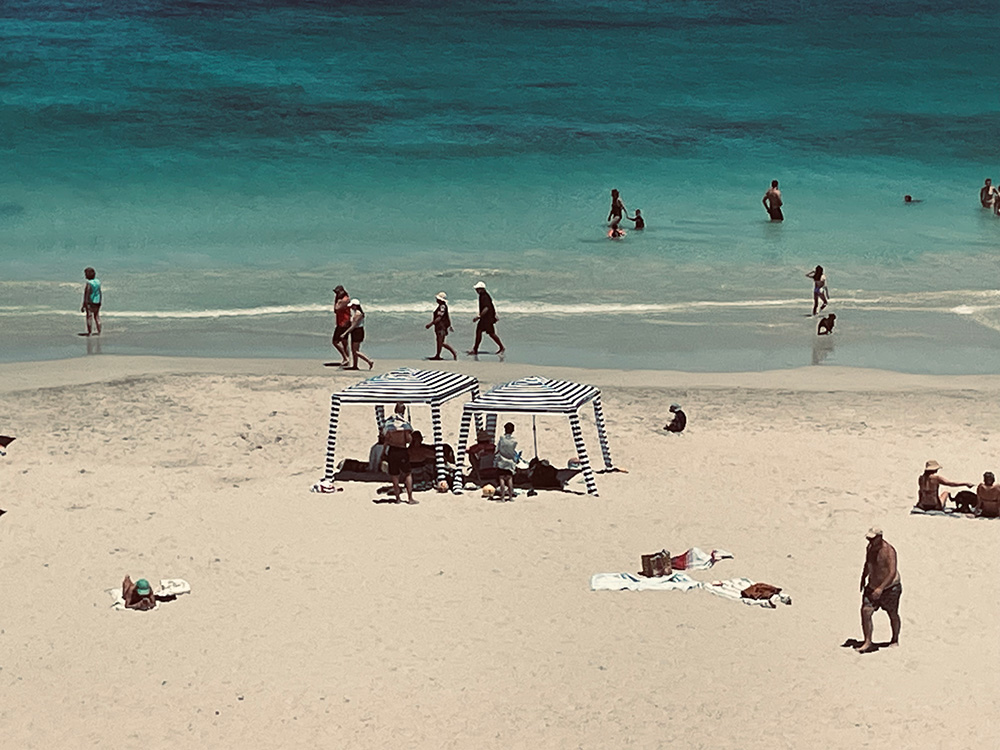This is a tale of the 1960s when as a keen but naive 19-year-old reporter I rented a cottage behind the butcher’s shop in North Street, Swanbourne. The cottage smelled of lamb fat and was known to my hilarious friends as The House of Meat.
Each day I’d walk from the House of Meat to the Grant Street station and catch the train to Fremantle. Then I would stroll through the town, my eyes peeled for crime, vice and newsworthy tragic accidents, which I urgently wanted to occur while my notebook and I were in the vicinity.
Every Wednesday morning I’d call in at Somes’ newsagency in High Street to buy Time magazine, the journalists’ Bible back then. I felt serious and important buying Time and keeping up with international news events. And from the vantage point of Fremantle, Western Australia, there seemed to be a fair bit happening. JFK had a lot on his plate, what with Krushchev and Cuba.
That done, I’d head for the West Australian’s branch office on the corner of Adelaide and Queen streets where I worked as a cadet reporter.
The reporting staff of two senior and two junior reporters worked in the back room behind the classified advertisements’ counter and the ad salesman’s and typists’ tea room, and facing the afternoon sun.
The chief reporter was Don Scott, his deputy was Tim Knowles, and two cadet reporters alternated on day and night shifts. The Daily News also had a journalist there, the Fremantle city councillor, Bruce Lee, not to be confused with the Asian movie star.
On day shift, my first job was to cut out that morning’s Fremantle stories from the paper, and glue them into a scrapbook as evidence of our valued work the previous day.
Then to the first assignment: covering the Fremantle Police Court, where the wrongdoings on offer ranged over the widest possible list of human offences — from wilful murder to the wilful possession of undersized crayfish.
If the seriousness of a charge was to be judged by the time it took for evidence to be presented — often three or four hours — and which involved complicated gauges and legal arguments over crustacean carapaces, it was clear that the State’s legal system judged the most heinous crime to be the possession of smallish crayfish.
Inevitably, the morning’s other charges included the appearance of bruised and hung-over seamen, in court to answer for the previous night’s assaults with fists, glasses or marlin-spikes, on each other or the prostitutes in the Cleopatra Hotel.
Interestingly, legal firms often used the Fremantle Police Court as a training ground for their shyest young solicitors before they were launched into the tougher court milieu of Perth.
There was one young lawyer whose stutter, blushes and self-conscious ineptitude finally tried the patience of Magistrate A. G. Smith, whose patience had been tested enough already by having to fill in for a magisterial absence on the Fremantle bench.
“Get a move on, please,” the magistrate sighed, rolling his eyes. “We haven’t got all day.”
To which the solicitor’s client, charged with attempted murder for trying to garrotte his wife with a fishing line of 80-pound breaking-strain, interrupted proceedings with a shout.
In heavily accented English, he yelled, “The boy is doing his best. He’s a good boy. He’s saying good things about me that didn’t even happen. Go easy on him, Your Majesty.”
For lunch in the Fremantle office I’d buy chips from Cicerello’s and eat them on the harbour sea-wall, or a pie and vanilla slice from Culleys’ Tearooms. Then at 3pm every afternoon I would gather, decipher and retype the daily shipping list of all arrivals and departures from the port.
This meant prising the original list from the reluctant sausage fingers of the Fremantle harbourmaster, whose phobia – the waterfront equivalent of worrying whether he’d left the gas on – was checking and rechecking the sailing times in case 400 passengers missed the Fairstar to England.
According to newspaper mythology, this mishap had actually occurred, after an earlier, hapless Fremantle cadet, whom we’ll call Ron Blunder, retyped the shipping list with a PM instead of an AM time for the departure of the Fairstar.
Incidentally, Ron would enter local journalistic mythology a second time for wrongly killing off someone involved in an accident in High Street between a semi-trailer and a motor scooter.
Ron asked Fremantle traffic police about the participants’ injuries. Sergeant Dave Frame, a man of dry humour, told him, “Yeah, the motor cyclist was lucky: only slight abrasions. Pity about the truck driver though.”
“What happened to the truck driver?” asked diligent Ron.
“In an accident between a semi and a Lambretta? said the sarcastic sergeant. “The truck driver died, of course,”
Without checking, Ron wrote the story. Next morning the truck driver was amazed to read about his improbable death on page one. So was his old mother, who suffered a heart attack. Immediately afterwards, Ron
Blunder left newspapers for public relations.
On slow summer afternoons in the Fremantle office, in the two hours when our shifts crossed and the low western sun made our shared desk uninhabitable, we cadets played office cricket with a ruler for a bat and a ball made of Scotch tape and copy paper.
But it wasn’t all shipping lists and office cricket in this roughhouse town, especially during night shift. A young reporter on the police, ambulance and fire-brigade round walked the windy night-time streets and wharves with caution.
If I was on night shift I would’ve spent the morning in the surf at Cottesloe, intermittently gazing out to sea and hoping that a crayboat was sinking or, better still, an ocean liner, or that someone was being taken by a shark, and (what luck!) I was on the spot to get the scoop.
At night in Fremantle, my notebook and I were alert as always for crime, vice and newsworthy tragic accidents. But all I usually saw were the rowdy offspring of Italian and Greek fishermen, Croatian vegetable growers and Irish-Australian wharfies circling the port in their V8s looking for action.
Sometimes on quiet nights I rode around in the front of the St John’s ambulance with the paramedic Brian Williams, the thinnest man I’d ever known. The route was always the same, via the pubs, and the last stop was the Railway Hotel in North Fremantle.
The Railway Hotel deserved a heritage listing for being the only pub to offer drinkers a bargain deal: a haircut, a bet on the races, a meat pie, and a beer served by a barmaid in underwear, all for 5.
On night shift, I ate in a café run by the Pittorino fishing family near the office. The son of the family skippered a crayboat and his wife ran the café. She was a beautiful red-headed woman, whose hospitality and appearance I shyly admired and thought about as I returned by the midnight train to the House of Meat.
By day, Fremantle’s maritime aspect and leached limestone buildings gave the town a serene and historic character: a cohesive, independent, strangely old-fashioned place, with power divided between the watersiders and the city councillors, between labour and capital, between Catholics and Masons.
And, importantly, between the South Fremantle and East Fremantle football clubs. And when the Bulldogs played Old Easts it was a genuine boots-and-all derby.
The names John Todd and John Gerovich on one side, Ray Sorell and the two Johnsons, Bob and Percy, on the other, were etched on my brain. But none more so than the name Wilson Onions. As a small boy I’d even barracked for East Fremantle because of his curious name. When it cropped up in the paper, always for the wrong reasons, it was like the name of a comic-strip character, both tough and funny. And matched by his relentlessly tough and comic deeds on the football field.
Apart from his name, what endeared Wilson Onions to me was his comically wayward reputation. He wasn’t particularly big, about 12 stone, and five foot ten, but not many games went by when he didn’t flatten at least one player and face the tribunal.
What made Wilson Onions so engaging was that he was always sincerely unaware of having done anything wrong. Once, charged with knocking over his own brother, he answered, “Well, he didn’t have on an East Fremantle jumper, did he?”
There was no sly, behind-the-play sniping from Wilson. It was just that he couldn’t help hitting the opposition.
In the club history, Old Easts 1948–1975, the opening photo is of Wilson Onions glaring at the camera. The caption, headed BAD BOY, mimics a radio broadcast of the time: “East Fremantle has just had to call on 19th man Wilson Onions, and he’ll take over on the wing on the far side of the ground…Hello! He’s knocked down three West Perth players on his way across!”
I came to regard Fremantle as the de facto capital of Western Australia. Amid its many controversies it clung by its fingernails to historic architecture, a mix of cultures, and a raffish history, which progress and redevelopment hadn’t succeeded in snuffing out.
Despite gentrification, the shrinking of its pubs and clubs, and the bleak daytime desert of some of its streets, it still retained much of its original hard-to-define quality. It was easy to understand why so many musicians and artists had been inspired by its sandy charm and salty shabbiness.
Fremantle was one of two places in the State (Rottnest being the other), which seemed to arouse especially strong feelings. Scorned by certain Western suburbanites for whom crossing the Fremantle bridge was to plunge into a den of iniquity, I quickly saw that it was treasured with a fierce affection by its devotees.
As a young reporter I soon learned that the port appreciated a juicy controversy. At any given time a political, environmental, business, legal, union or maritime dispute seemed to be raging.
The most internationally famous event had been the rescue, on Easter Monday, 1876, of six Irish political prisoners, Fenians, from “the living tomb” of Fremantle gaol. The rescuer was one Captain Anthony, the Quaker sea captain of the Catalpa, who had no connection with the Irish cause. He put his crew, his family, his financiers and his own life in danger to sail from New Bedford in America to Fremantle in Western Australia on a trip disguised as a whale hunt.
Why? Because, as he said, “It was the right thing to do.”
On the given day, the six escapees broke away from their work gangs, met up with a trap and horses and were taken to Rockingham beach, where they were rowed out to the Catalpa, waiting in international waters.
It was a race for survival as the police and the steamship Georgette gave chase. To make matters worse a storm blew up and it took twenty-eight hours for the prisoners, the rowers and Captain Anthony to make it safely to the Catalpa and hoist the American flag. They gambled that if the boat was in international waters, the British could not fire on her. A cannon attack would be a declaration of war.
The Catalpa crew didn’t know if this strategy would work. It did. The British held fire, but the Catalpa only just escaped. A sudden lack of wind was causing the ship to drift back into Australian waters. After years of organisation, and many lives on the line, the success of this escape effort all came down to a puff of wind.
Some of the most notable Fremantle crimes and scandals were recorded in the Mirror, the outrageous Perth weekly of the 1920s to 1950s. Ron Davidson wrote of them in his book on the bawdy Mirror days, High Jinks at the Hot Pool (Fremantle Press, 1994).
Often featured was a Fremantle identity named Ernest “Shiner” Ryan, alias Paddy Morgan, Henry Jeffrey, Alex Clemov and Harry Dale. Shiner, no stranger to Long Bay, Parramatta and Adelaide gaols as well as Fremantle Prison, was a locksmith so gifted he could pick any lock with his hands behind his back.
As an Adelaide prisoner, Shiner once crafted a set of keys, and walked out of gaol. While a Fremantle prisoner he produced excellent counterfeit two-shilling coins which were distributed around Fremantle’s pubs by a warder accomplice. Shiner was also the only person who could make the prison’s clock keep time.
During his occasional stints of freedom he was a well-liked Fremantle fellow, his lock-picking talents called on by residents who’d accidentally locked themselves out. He would also take poor children for rides on the old thoroughbreds in South Fremantle’s racing stables, his interest in racehorses extending to his providing Perth horse trainers with jiggers: battery-loaded whips that he made in a Fremantle radio repair shop.
Aged 64, in an act of considerable courage, Shiner married the major Sydney crime figure Kate Leigh, whose sly-grog joints, brothels and cocaine distribution had earned her the titles Queen of Surry Hills and the Snow Queen.
The wedding service, conducted by Canon Edward Collick, the Fremantle Prison chaplain, was celebrated at St John’s, to ringing cheers from the crowd gathered outside the church.
Sadly, like many celebrity marriages, theirs was of short duration — though shorter than most. After the wedding the couple headed off to their Sydney honeymoon – by taxi. Shiner stayed married for only four hours and 280 kilometres. At Merredin he did a runner, escaped through a public toilet window, stole a car and returned to Fremantle.
When he died, aged 71, in 1957, the Mayor of Fremantle, Sir Frederick Samson, was a pallbearer at his funeral. Kate Leigh provided Shiner’s epitaph: “His brain was in his fingertips.”
Another Fremantle “scandal” aroused local indignation during the days of encouraging British immigration. The Mirror was against the idea of “Ten Pound Poms”. The paper’s best British migrant horror story suggested that Fremantle was getting less than the prime specimens of migrants.
When a man with an artificial leg was spotted hobbling down a gangplank in Fremantle. The Mirror headlined POMMIES LANDING WITH WOODEN LEGS AND OTHER DISABLEMENTS.
The paper complained bitterly that the dreaded Eastern States were getting the cream of the crop. Sydney and Melbourne were getting all the two-legged migrants. Fremantle was dipping out.
Where would it all end if the Immigration Department was failing to count the number of legs on its West Australian immigrants?
Decades after my stint in the Fremantle office, and my daily hopeful hunt for crime, vice and newsworthy tragic accidents, I was renting an old two-story house in Fothergill Street, swimming my daily laps in Fremantle pool, and researching a novel.
In the Fothergill Street house I’d sit on the upstairs veranda with the girl who later became my wife, and drink wine, and our view was of the same 19th century skyline of pine trees and limestone you could see in historic photographs of the port.
We could see over the old stone prison walls to the harbour and beyond, and the lines of waiting tankers and container ships in Gage Roads brought the scene abruptly up to date.
Then the wider Indian Ocean stretched to the horizon and to Rottnest Island, and the romantic panorama of Fremantle, the town of many stories that been my inspiration as a writer, became timeless again.
Robert Drewe grew up on the West Australian coast and now lives in North Fremantle. His novels, short stories and memoirs have won national and international prizes and been adapted for film, television, radio and theatre around the world.
